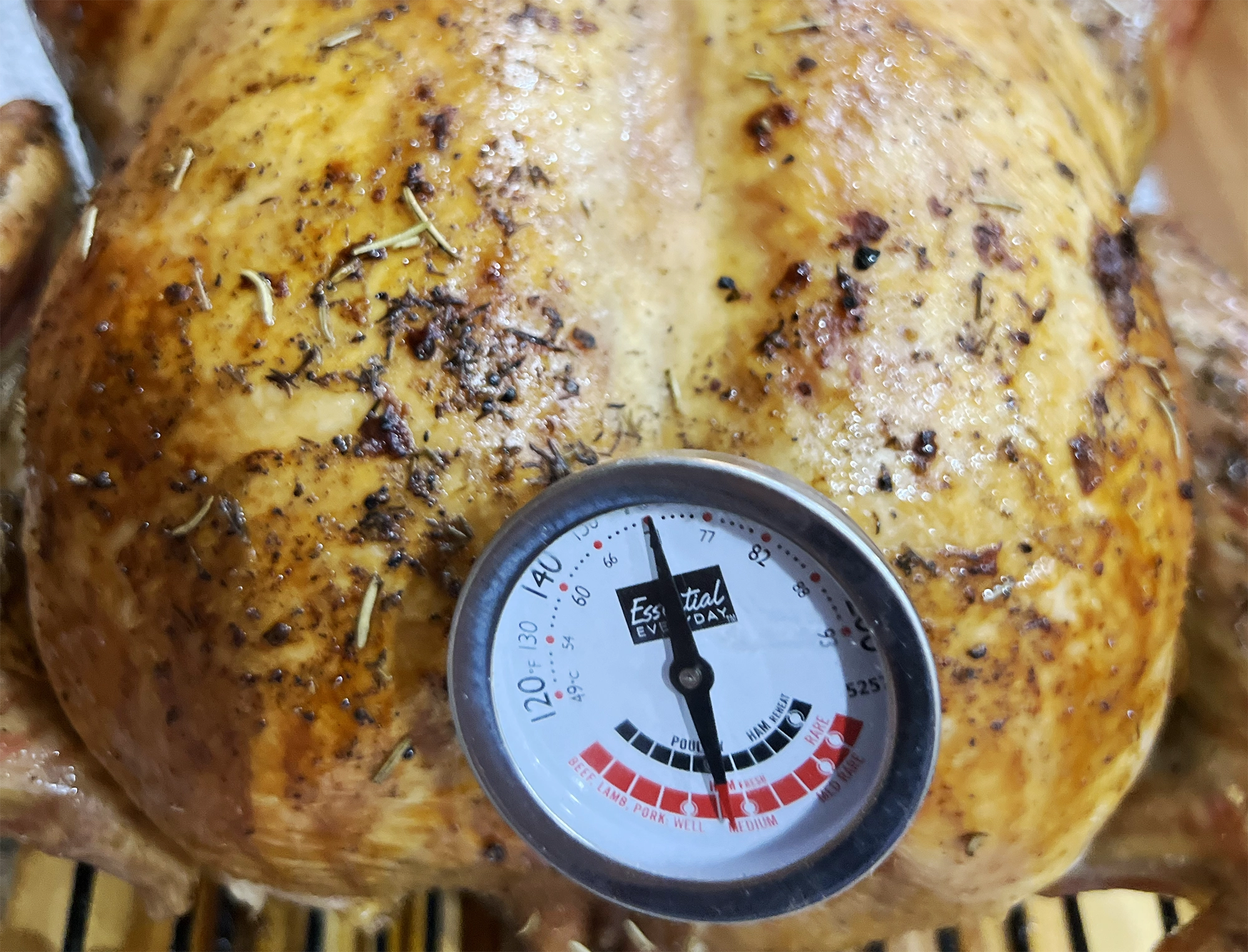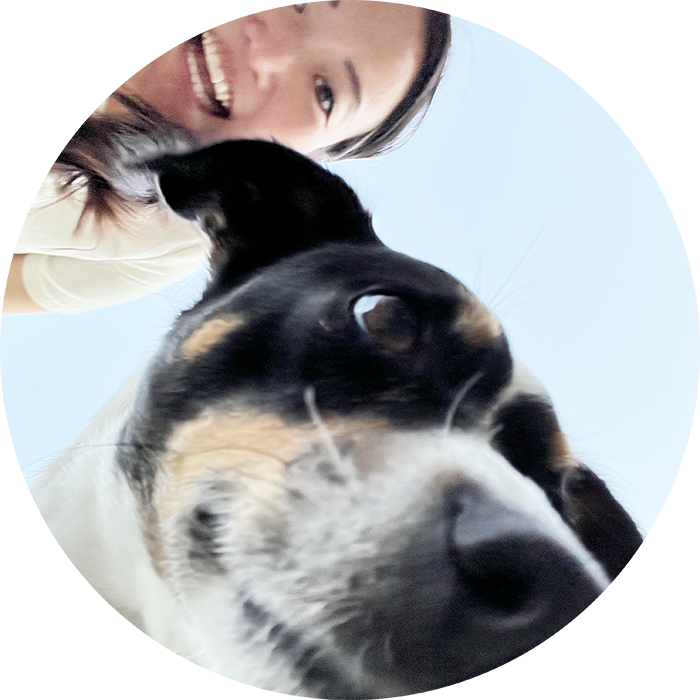
Steve has this built-in sense for when meat is done. He’ll glance at a steak and somehow just know, and he always gets it spot on. I, on the other hand, used to just guess my way through roasts. It usually worked out, but every so often my perfectly planned medium rare turned into well done. Not ideal. Eventually, I gave in and started using a meat thermometer, and honestly, it changed everything. Cooking meat and poultry became so much easier, no more guessing, no more surprises. Once you start cooking by temperature instead of time, your steaks, roasts, and Sunday chicken come out just right, every single time.
What a meat thermometer actually measures
A meat thermometer reads the core temperature inside the meat. Most models have either a digital display or an analog dial. Some probes are oven safe and stay in throughout cooking. Others are instant read models you use for a quick check when the meat comes out of the oven or off the grill.
How to place the probe
If your thermometer can stay in the oven, insert it from the start. Aim for the thickest part and avoid bones or the pan, which can throw off the reading. With thinner cuts, take care not to poke all the way through. You want the tip right in the center to get the true core temperature.
If you’re using an instant read thermometer, pull the meat a couple of minutes before you think it’s done, check quickly, and return it to the heat if needed.
Resting matters
Temperatures keep rising a few degrees while the meat rests. Pull your roast or steak just shy of the target and rest it uncovered or loosely tented with foil for 10 to 15 minutes. You’ll get juicier meat and a more even temperature from edge to edge.
Recommended core temperatures
These temperatures follow standard professional guidelines. For the best results, take the meat out a few degrees early to allow for carryover cooking, especially with larger roasts.
Beef, steaks and roasts
Rare: 120 to 125°F
Medium rare: 130 to 135°F
Medium: 135 to 145°F
Medium well: 145 to 155°F
Well done: 160°F and up
For example, if you’re aiming for medium rare roast beef, take it out of the oven at around 130°F and let it rest. The temperature will rise a few degrees to about 135°F, leaving you with meat that’s rosy, juicy, and perfectly tender. The same principle applies to the other temperature ranges, always pull the meat a little early to account for carryover cooking.
Duck
Rosy duck breast: 140 to 145°F
Well done duck or legs: 160 to 165°F in the thigh
In my opinion, duck breast is best around 140 to 145°F, when the meat is still juicy with a rosy center. Whole duck and legs do better a bit hotter, so the thigh meat turns tender and flavorful.
Chicken and other poultry
Breast and thighs: 165°F in the thickest part
Whole chicken: 165°F in the breast, 175 to 180°F at the thigh joint for the best texture
Chicken and turkey should always be fully cooked. The juices should run clear, and there should be no pink near the bone. Duck, on the other hand, can be served medium, with a juicy, rosy center.
Fish
Most fish: 125 to 130°F for moist, flaky flesh
Fatty fish such as salmon: 120 to 125°F for a slightly translucent center, 125 to 130°F for more set.
White fish such as cod or haddock: about 130°F for firm but still juicy
Tuna steaks: about 110 to 115°F for a deep red center
A few extra tips
If you’re roasting, you can pair your meat thermometer with an oven thermometer so you know your oven is actually at the temperature you set.
Many modern thermometers let you set alarms and monitor from your phone, which is great for long roasts or smoking.
Clean the probe thoroughly after each use, especially after checking raw poultry.
If you’re ready to take the guesswork out of cooking, a good digital thermometer is a must. The Deiss PRO Digital Meat Thermometer is one of my favorites. It’s fast, accurate, and easy to use, whether you’re roasting a chicken, checking a steak, or making caramel. The backlit display is great for dim kitchens or outdoor grilling, and it gives you an instant reading in just a couple of seconds. It’s waterproof (so you can rinse it under the tap), folds neatly for storage, and even has a magnet so you can keep it right on the fridge. A small tool that makes a big difference in getting your food cooked just right every single time.





